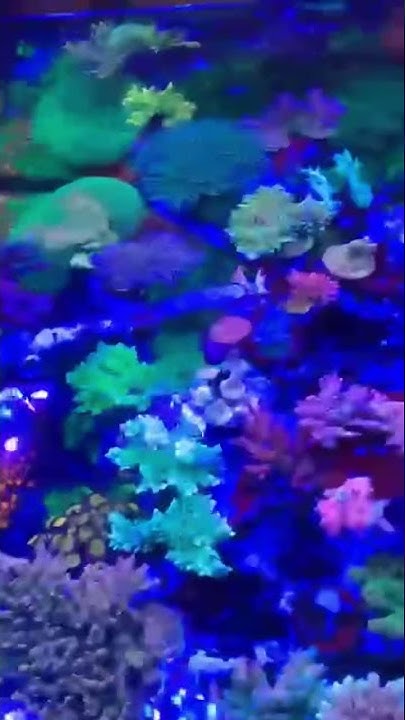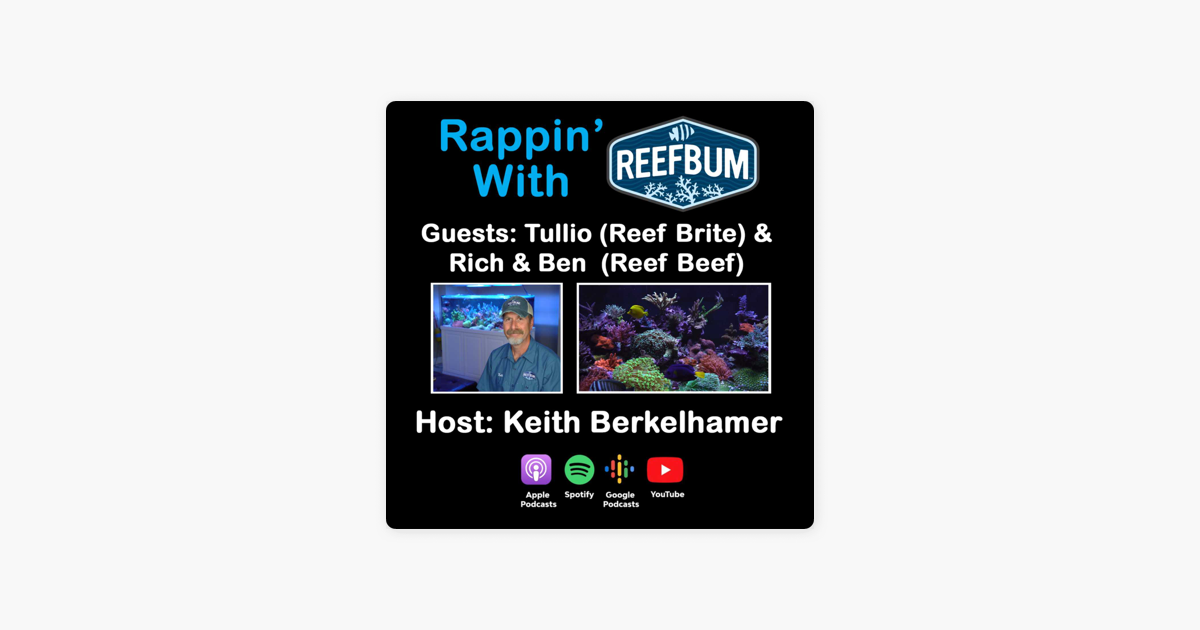- Joined
- Mar 19, 2019
- Messages
- 156
- Reaction score
- 130
What a great conversation!
Call me crazy I will probably come across as smarty pants, but I feel this need to be pointed out :
One thing that no one has mentioned is that Chris from ACI did say the torch coral that he had moved to LEDs was in completely different system and that system was quiet new in comparison to his main system which had MH over!
Also worth noting that it takes time for corals to adjust to a different system like few months.
I talk from personal experience where I have 2 frags of identical coral being placed in different positions in the tank and one dies the other thrives.
Had Chris placed leds over his main system where torches had been accustomed to being and they closed up considering the corals was within decent par range then it would be something to take in to account.
My take on this is I recon there must be a reason why a lot of reefers seem to say that MH grow corals faster, looking at spectrum charts and it's evident that its quiet broad I.e starts at 360 nm all the way to 700 s ir range.
Few members pointed out that we aren't sure on exactly how uva, uvb, uvc interacts within whole reef ecosystem I.e does it kill certain harmful bacteria ect (not known yet it seems)
I would personally say it would be ideal to mimic the actual spectrum corals receive in the ocean and from what graphs I have seen I can see a small bump on 380 so there must be something to it.
On the other hand to play devil's advocate sort of speak. I have seen some incredible tanks with Radions and Reefbreeders only which some members have pointed out which do not have UV.
Man this hobby makes me feel stupid at times and also so confused lol. This is called cognitive dissonance.
The conversation and test should continue so we can arrive at a point which is more likely then unlikely...
Call me crazy I will probably come across as smarty pants, but I feel this need to be pointed out :
One thing that no one has mentioned is that Chris from ACI did say the torch coral that he had moved to LEDs was in completely different system and that system was quiet new in comparison to his main system which had MH over!
Also worth noting that it takes time for corals to adjust to a different system like few months.
I talk from personal experience where I have 2 frags of identical coral being placed in different positions in the tank and one dies the other thrives.
Had Chris placed leds over his main system where torches had been accustomed to being and they closed up considering the corals was within decent par range then it would be something to take in to account.
My take on this is I recon there must be a reason why a lot of reefers seem to say that MH grow corals faster, looking at spectrum charts and it's evident that its quiet broad I.e starts at 360 nm all the way to 700 s ir range.
Few members pointed out that we aren't sure on exactly how uva, uvb, uvc interacts within whole reef ecosystem I.e does it kill certain harmful bacteria ect (not known yet it seems)
I would personally say it would be ideal to mimic the actual spectrum corals receive in the ocean and from what graphs I have seen I can see a small bump on 380 so there must be something to it.
On the other hand to play devil's advocate sort of speak. I have seen some incredible tanks with Radions and Reefbreeders only which some members have pointed out which do not have UV.
Man this hobby makes me feel stupid at times and also so confused lol. This is called cognitive dissonance.
The conversation and test should continue so we can arrive at a point which is more likely then unlikely...





















